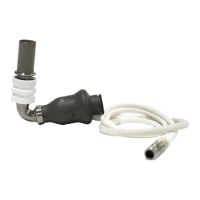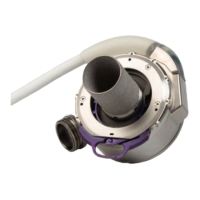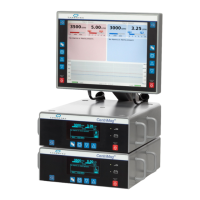Instructions for Use
Thoratec Corporation 6035 Stoneridge Drive, Pleasanton, CA 94588
(925) 847-8600, Fax: (925) 847-8574, HeartLine
™
: (800) 456-1477, www.thoratec.com
Thoratec Corporation continually strives to provide the highest quality products for mechanical circulatory support. Specications may change without notice.
Therefore, please refer to the HeartMate II Instructions for Use shipped with the HeartMate II for the most current information regarding indications, contraindications,
and cautions. HeartMate II, Thoratec, and the Thoratec logo are registered trademarks and HeartLine is a trademark of Thoratec Corporation.
©2017 Thoratec Corporation. 10006960.C 12/2017
Featuring the Mobile Power Unit






